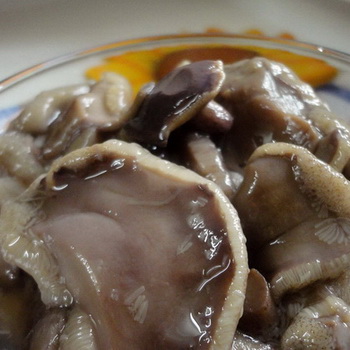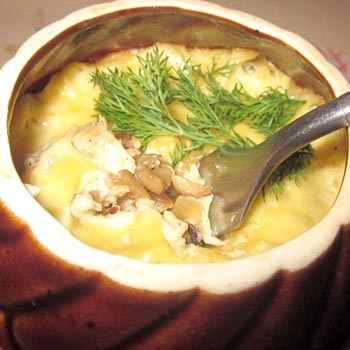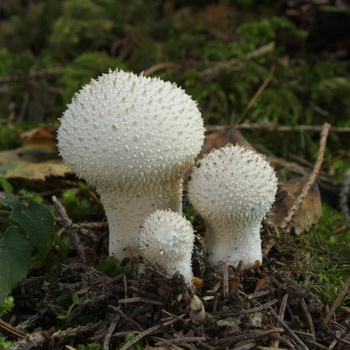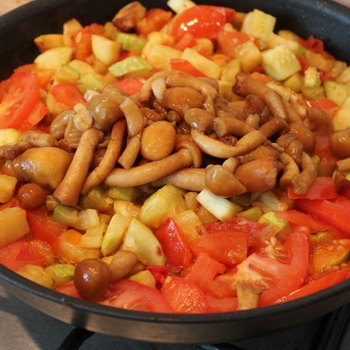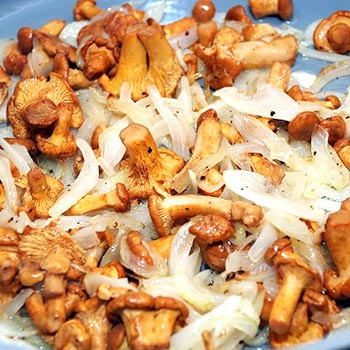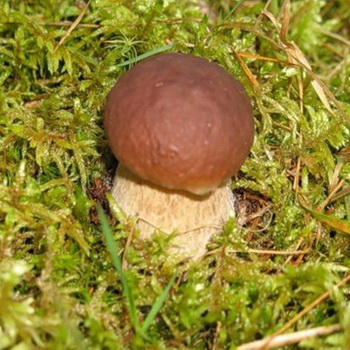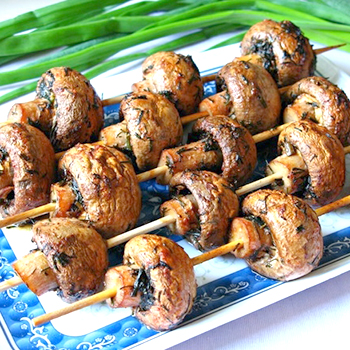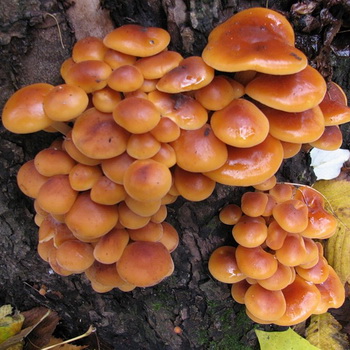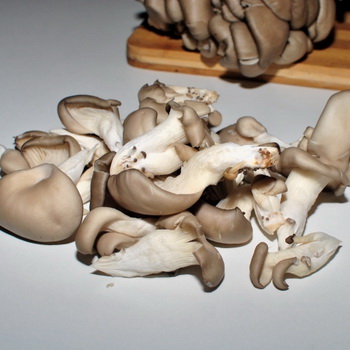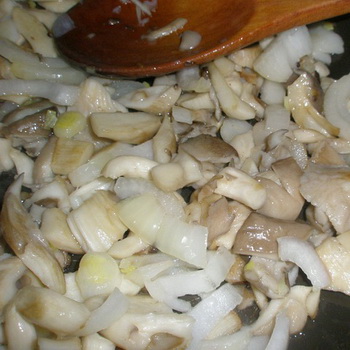Are there false mushrooms: photos, descriptions and how to distinguish them from edible mushrooms
 Volnushka is considered a common fungus that grows in those forests where there are birches. This fruiting body forms mycorrhiza only with this tree. Thus, plants support each other throughout life.
Volnushka is considered a common fungus that grows in those forests where there are birches. This fruiting body forms mycorrhiza only with this tree. Thus, plants support each other throughout life.
The waves grow in large groups, therefore, finding a clearing with these mushrooms, you can reap a huge harvest. Mushrooms are found in birch thickets, in windbreaks, and even in open and well-lit glades.
Are there false waves and how to distinguish them from edible mushrooms?
Beginning mushroom pickers, going into the forest, always ask themselves the question: Do little waves have false representatives? Note that in special reference books there are two types of waves - white and pink. Although in European countries the wave is considered poisonous, in our country it is a conditionally edible mushroom. With a short boiling (20-25 minutes) or with prolonged soaking (from 1.5 to 3 days), the waves lose their toxicity and can be eaten. They make good pickled and salted blanks for the winter.
Are there any false waves that are similar to the real species: white or pink? We will answer in the affirmative that the waves have no poisonous or inedible counterparts. Therefore, feel free to pick these delicious mushrooms and harvest them for the winter.
But despite the fact that false waves do not exist, they are often confused with the faded milky, which is also considered a conditionally edible mushroom. Fortunately, with the help of a photo, you can determine what the false waves look like:


False waves in the people are called outwardly similar to them milkmen - mushrooms with a pinkish cap, but without the edge along the edge and smaller.
Millers are faded, as well as waves, prefer to form mycorrhiza with birches, and grow in places with high humidity. How can you tell the waves from the false mushrooms, such as the lactarius? The main difference is the absence of a characteristic edge on the surface of the cap on the lacquer. However, we note that even these mushrooms, having passed preliminary processing - soaking and boiling, do not pose any danger to humans. Millers can be salted and pickled for the winter.
We suggest that you familiarize yourself with the description and photo of false wave mushrooms, which will help to correctly identify these fruiting bodies:


False waves: description and distribution
Latin name:Lactarius vietus.
Family: Russula.
Synonyms: the milkman is sluggish, the pink wave, the marsh wave.
Hat: 2.5 to 10 cm in diameter, fleshy but slender, with a central bulge in young specimens. The color ranges from wine-brown to brown, with a darker center and lighter edges. An illustrative photo showing how to distinguish false waves is presented below:


Leg: in diameter from 0.7 to 1.3 cm, length from 4 to 8 cm, sometimes grows up to 10 cm. Cylindrical, with expansion towards the base, sometimes flattened. At a young age, solid, in mature it becomes hollow. The color is much lighter than that of the cap, it can have a cream or light brown tint.
Pulp: fragile, thin, white, odorless. Milky sap has a pungent odor and, when cut, turns gray or olive in color.
Plates: frequent, with a whitish tinge, descending along the leg. Turn gray when pressed or damaged.
Edibility: the false wave belongs to category 3 and is considered a conditionally edible mushroom. Good for pickling or pickling after heat treatment.
Spreading: grows in large families in deciduous, mixed forests with high humidity and a predominance of birch, since it forms mycorrhiza with it. Loves swampy areas with mossy areas and felled birches.It grows in Russia, Ukraine, Belarus, Eurasia and North America. Fruiting begins in mid-August and lasts until early October.
After reviewing the detailed description and photos of false mushrooms, everyone, even a novice mushroom picker, can safely go to the forest for a mushroom harvest.

